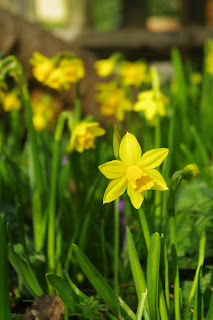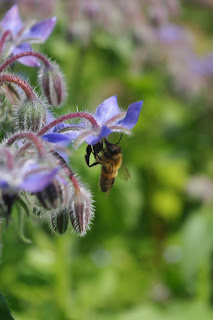I took a walk along a short stretch of the River Lea in north London. The Walthamstow Marshes (above) separate the boroughs of Hackney and Walthamstow. The River Lea itself arises in Bedfordshire, flows through Hertfordshire, forms the border with Essex and enters Greater London joining the Thames at Bow Creek. NB also known as the River Lee.
Looking down from the sky one would see a series of lakes alongside the course of the river stretching from the outskirts of London at Cheshunt as far as Walthamstow. The first cluster are gravel pits long since flooded followed by a chain of 13 reservoirs. They are important habitats in their own right and there are others along the way notably the Lee Valley Regional Park and the Tottenham/Walthamstow/Hackney Marshes.
By accident they formed a corridor for nature to thrive deep into the heart of the metropolis. Over time they have come to be recognised as a resource for ecology and leisure and managed accordingly. They've become very popular with Londoners seeking fresh air and greenery though I must admit I slightly miss the days when I could wander around with hardly a soul in sight!
I've taken a good many photos over the years so perhaps I'll dig some out for an entry or two in the near future.









